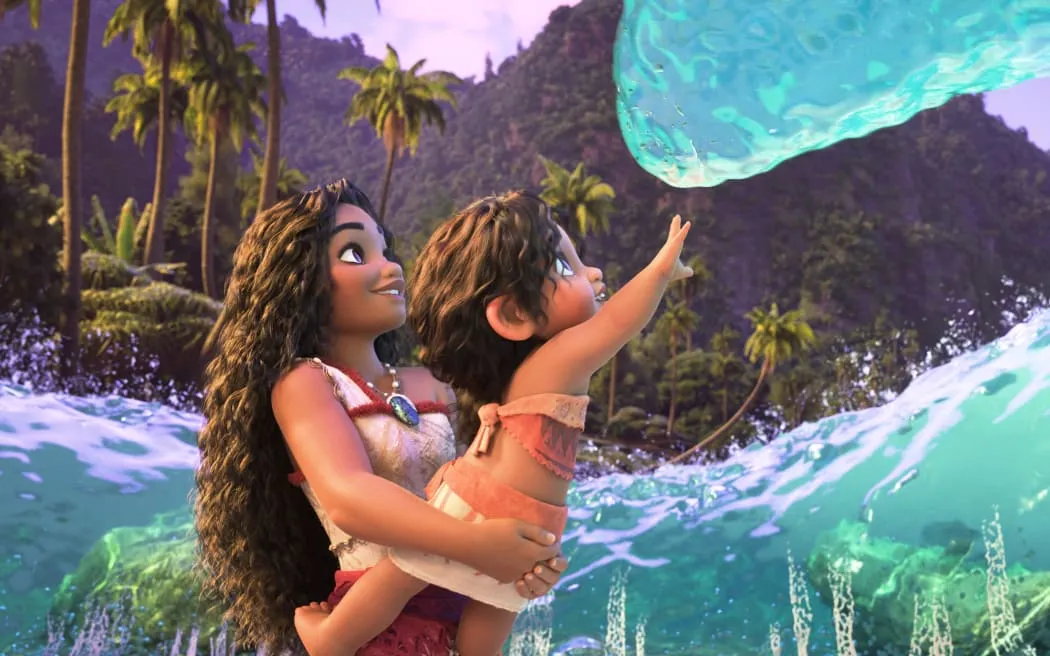Maui’s Next Adventure: A Review of Moana 2 in Te Reo Māori
The wait is over for fans of Disney’s beloved princess, Moana, as the highly anticipated sequel has finally hit theaters. But what sets this film apart from its predecessors? For one, it’s the first major motion picture to be released simultaneously in both English and te reo Māori.
A Breakthrough Moment
At the premiere last week, lead voice actor Jaedyn Randell (Waikato) was effusive about the film’s unique selling point. “That’s all they’ll ever know, and I think that’s really exciting,” she said. When asked if this move would pave the way for more te reo Māori content, Rutene Spooner (Ngāti Porou, Ngāti Kahungunu, Ngāruahine, Te Aitanga-a-Māhaki), who voices the new character Kele, nodded in agreement. “This could be the first and only version of Moana my daughter sees. She doesn’t have to see the English version and then see the translation.”
Not Perfection, But Progress
While Moana 2 may not be as good as its predecessor, it’s clear that the film’s makers are making strides towards a more inclusive representation of Māori culture. Director Tweedie Waititi (Te Whānau a Apanui, Rongowhakaata) emphasizes the importance of normalizing te reo Māori in everyday life. “We want [tamariki] to whakamāori the world. If it’s not in Māori, then translate it. If it’s not in Māori, reimagine it.”
A Step Forward for the Industry
The success of Moana 2 marks a significant turning point for the film industry in New Zealand. As Awhimai Fraser, who brings her own voice and spin to new character Matangi, puts it: “Piripi Taylor is a much better singer than Dwayne Johnson.” With a growing audience eager to see more te reo Māori content, theaters are facing an uphill battle in proving the viability of these films.
The Future of Te Reo Māori
Beyond the immediate success of Moana 2 lies the bigger challenge: convincing audiences that there’s an appetite for Māori language films. With five or six English screenings for every one in te reo, it’s clear that there’s still work to be done. But with filmmakers like Waititi and Spooner championing the cause, there’s hope on the horizon.
A Circle Completed
For Matewa Media, the production company behind Moana 2, it’s a full circle moment. Since adapting the original Moana into te reo in 2017, they’ve since adapted five other Disney films. Now, with the release of their flagship sequel, they’re one step closer to achieving their goal of creating an everyday reality where te reo Māori is an integral part of our lives.
Conclusion:
Moana 2 may not be a perfect movie, but it’s a significant step forward in promoting te reo Māori and challenging the status quo. With its unique blend of action, adventure, and cultural significance, this film has something for everyone. As we look towards a future where te reo Māori is an everyday reality, Moana 2 serves as a beacon of hope – a reminder that even the smallest steps can lead to significant progress.
Sign up for Ngā Pitopito Kōrero, a daily newsletter curated by our editors and delivered straight to your inbox every weekday.

0 Comments